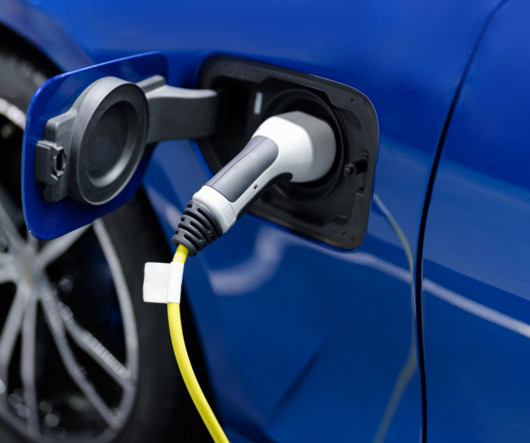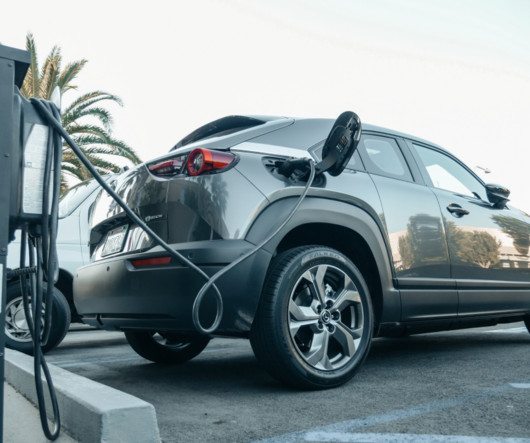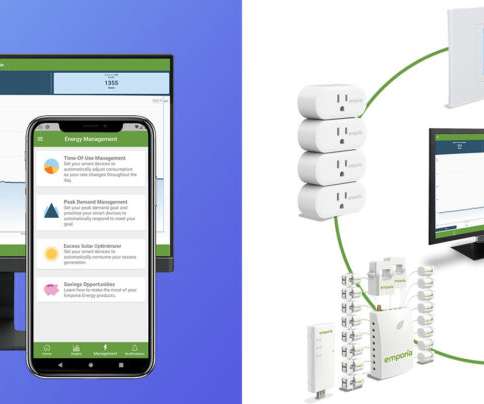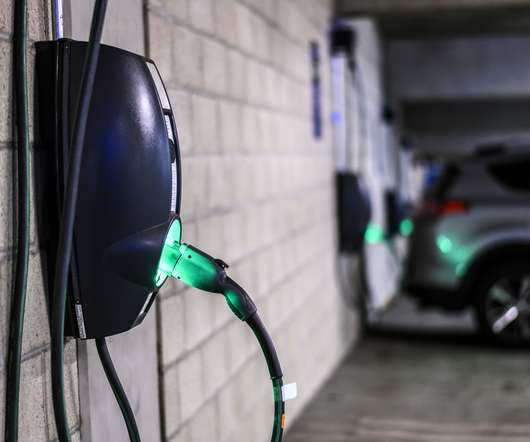RESPONSE TO CLIMATE CHANGE COMMISSION: Drive Electric’s advice on the second draft of the Emissions Reduction Plan (2026-2030)
Drive Electric
JUNE 19, 2023
2 Smart charging will help make the most of New Zealand’s existing electricity infrastructure and avoid unnecessary capital investment, by helping manage peak demand. It is critical that measures are taken to support widespread adoption of ‘smart chargers’ in parallel with the adoption of Electric Vehicles (EVs).












Let's personalize your content